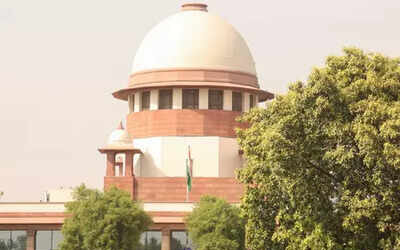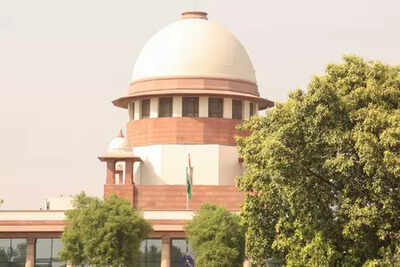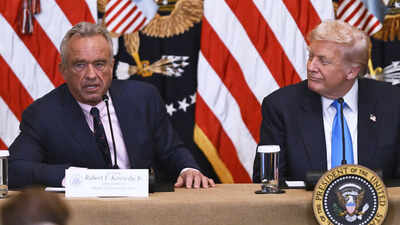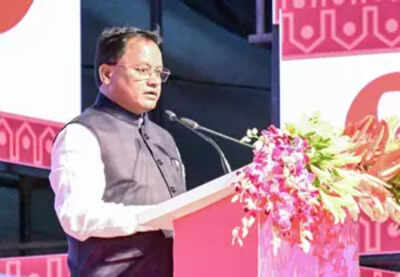Jerome Powell: The US Fed Chair who skipped economics and studied this subject at Princeton
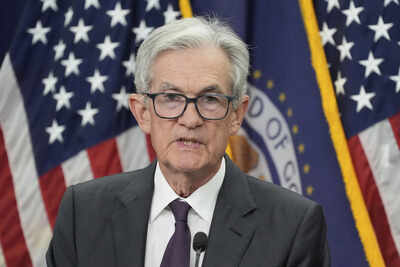
In an era when global economic leadership is often defined by degrees in finance, economics, or business administration, Jerome Powell stands out for taking a different academic path. Long before he became the face of the United States Federal Reserve, Powell studied politics at Princeton University, an academic decision that continues to draw attention, especially given his critical role in shaping monetary policy during some of the most turbulent financial moments in recent history.
A political education with economic consequences
Born in 1953 and raised in Chevy Chase, Maryland, Powell’s early education was shaped by two influences: A father who worked as a lawyer representing steel companies in labor negotiations, and a mother who was a mathematician and statistician. He attended Georgetown Preparatory School, a Jesuit institution known for producing several of America’s high-ranking officials, including Supreme Court Justices Neil Gorsuch and Brett Kavanaugh.Yet it was at Princeton University, where Powell completed his undergraduate studies in 1975, that he laid the foundation for his later career. Choosing to major in politics, Powell immersed himself in a liberal arts education, gaining a multidisciplinary understanding of governance, law, and public administration. His studies did not include formal training in economics, a fact that has stood out in discussions about his approach to monetary policy.After Princeton, Powell earned a law degree from Georgetown University in 1979, where he also served as editor of the Georgetown Law Journal. His post-academic journey began in the legal field, with roles at law firms and a judicial clerkship in New York City. But it was his move into investment banking, first with Dillon, Read & Co. in the mid-1980s, that introduced him to the world of finance.
From treasury to the Fed
His educational detour from the typical path of an economist did not hinder his ascent. In fact, Powell’s blend of legal, political, and financial experience has been viewed by some as a strength. By the time he joined the US Treasury in 1990, serving under Secretary Nicholas Brady during both the Reagan and George H.W. Bush administration, Powell had already developed a reputation for cross-sector competence. His work in government focused on financial institutions and domestic finance, areas that benefited from both his legal expertise and his exposure to markets.Powell’s academic background once again came into focus in 2012, when President Barack Obama appointed him to the Federal Reserve Board of Governors. At the time, Powell was known more for his policy pragmatism and behind-the-scenes negotiation skills than for economic theory. The Washington Post described him as a consensus builder, an assessment that would define much of his public persona over the next decade.In 2018, he became the first non-economist to lead the Fed in more than four decades. With a net worth between $19.7 million and $55 million at the time of his appointment, Powell was also the wealthiest Fed chair since the 1940s. His leadership began with continuity, maintaining many of Janet Yellen’s policies, including measured interest rate hikes. However, challenges came quickly.
Leading through crisis
The COVID-19 pandemic in 2020 triggered unprecedented economic disruptions, prompting Powell to act decisively. Under his leadership, the Fed used emergency provisions from the Dodd-Frank Act to slash interest rates, purchase corporate debt, and inject liquidity into the market. In a matter of weeks, the central bank created $2.9 trillion and bought hundreds of billions in debt, a scale of intervention not seen since the mid-20th century.While critics questioned the long-term consequences of these decisions, Powell maintained that the interventions were necessary to stabilise the economy. His political education may have played a role in how he framed these actions, as necessary state responses to extraordinary situations rather than purely economic calculations.The years that followed brought new scrutiny. From Democratic concerns about deregulation and climate inaction, to renewed Republican opposition following Donald Trump’s reelection in 2024, Powell has continued to face bipartisan criticism. Yet he has also managed to navigate these political tensions with a steady hand, often emphasising the legal and institutional independence of the Federal Reserve.In 2025, the spotlight turned once again to Powell’s stewardship, this time over a $2.5 billion renovation of the Fed’s headquarters. While the White House criticised the project’s scope and suggested mismanagement, Powell defended the process and requested a formal review by the Fed’s independent inspector general. It was a move that underscored his methodical, by-the-book leadership style.As the Fed chair approaches the end of his second term in May 2026, a formal search for his successor has already begun. Regardless of who follows, Powell’s trajectory remains instructive for students and professionals alike. His example reveals that expertise in economics, while valuable, is not the only route to influence in financial governance. A grounding in politics and law, paired with decades of on-the-ground experience, can be equally powerful.For many students studying political science, public policy, or law, Powell’s career offers a reminder that academic choices made in one’s early twenties need not limit future impact. The key, as Powell’s journey illustrates, may lie in how those foundations are applied, adapted, and expanded over time.TOI Education is on WhatsApp now. Follow us here.
